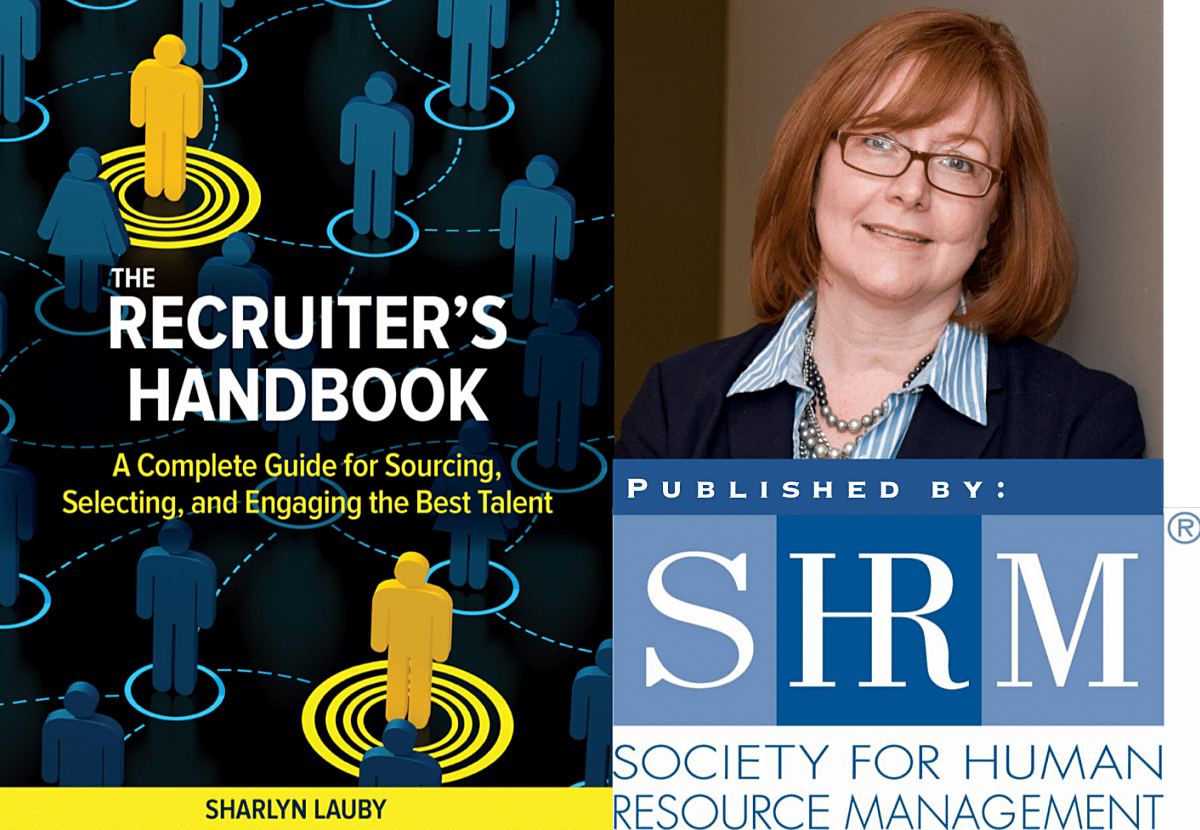Replacement Planning: 3 Steps to Develop Your Organization’s Strategy
(Editor’s Note: This article is an excerpt from my new book, “The Recruiter’s Handbook: A Complete Guide for Sourcing, Selecting, and Engaging the Best Talent“ (SHRM, 2018) SHRM members can order a discounted copy at the SHRMStore. Enjoy!)
If there’s one activity that has more of an impact than succession planning, it’s replacement planning. Although the term is frequently used in the same conversations, they’re two different things. A replacement plan identifies “backups” for positions. Traditionally, it focuses on top-level positions, but it can be done for any key position in the organization.
Replacement planning is often mentioned in conjunction with succession planning because it identifies individuals who can assume roles at some point in the future and shows how ready they are for that role. But replacement planning doesn’t have to be defined as a subset of succession planning.
Having individuals identified as backups just makes good business sense, for a variety of reasons. As much as we don’t like to mention it, employees can become unexpectedly seriously ill or have an accident and be unable to work. The organization needs to find someone to take over their responsibilities—even temporarily.
A certain amount of turnover is healthy for the business, as are certain types of turnover (for example, the dismissal of a toxic employee). Since organizations don’t always get to control the timing and circumstances, having a staffing backup plan (aka replacement plan), makes sense. And recruiters will want to have a say in how that plan is developed.
If your organization has a formal succession plan, you might already have replacements identified. Or it could be an added step in the existing process. Even if you’re using talent pools for employee development, replacement planning can add value. Here are five steps that can guide a replacement planning activity:
Step 1. Identify key positions and the critical skills for each position. While every job is important, certain roles within the organization would significantly impact the business if left open for a long period. According to SHRM, the average time to fill an open position is 42 days. Using that as your benchmark, which positions must be filled in less time? Ideally, we’d like every job to be filled quickly, but identify those that must be a priority. Those key positions are a place to start. And you should have much of this information from your workforce plan and staffing analysis.
Now, list the qualities that anyone holding this position must have. Not a wish list: Remember this is a replacement plan. If someone had the basic skills, then he or she could learn the other skills or knowledge required for the position.
Step 2. Assess the skills of current employees and match their skills to the list of critical skills. Again, your staffing analysis should contain this information. If not, you can obtain it in the form of training records, performance reviews, coaching feedback, and 9-box grids. It might also be helpful to look at the skills of freelancers and consultants who currently partner with the organization or at former employees who might be interested in returning.
This step is when organizations might be tempted to think that backup employees are currently in the department—for instance, the accounting manager is the obvious backup for the accounting director. However, a recent transfer might be interested in returning to his or her former department. Keep the planning activity focused on skills, not current job titles.
Step 3. Pay attention to jobs that don’t have matches and develop a plan to address the gaps. This exercise will possibly surface some jobs that need immediate attention—meaning there is no replacement available. It’s better to find out this information during a planning activity than when you’re trying to fill an opening. This is why talent acquisition professionals need to be a part of the conversation so there are no surprises.
This step might include development programs, mentoring, coaching, and contingent staffing—or a combination of all these programs. With replacement planning, the organization doesn’t have to identify a single replacement. It could make some sense to use talent pools to develop transferable skills for many positions.
While organizations are working hard to hire, engage, and retain the best talent, it would be naïve to think employees never leave. Replacement plans provide the organization with the comfort that a last-minute resignation, retirement, or employee illness will not leave the company disadvantaged.
Replacement plans do one other thing. They give the organization a sense of the investment they will need to make should a backup be necessary. Whether it’s temporary or long term, employees asked to assume greater responsibilities need support. Regular replacement planning activities make the organization keenly aware of the support the affected employees will need to be successful.
For more on how to create your organization’s replacement plan, check out the full article on the SHRM website.
17